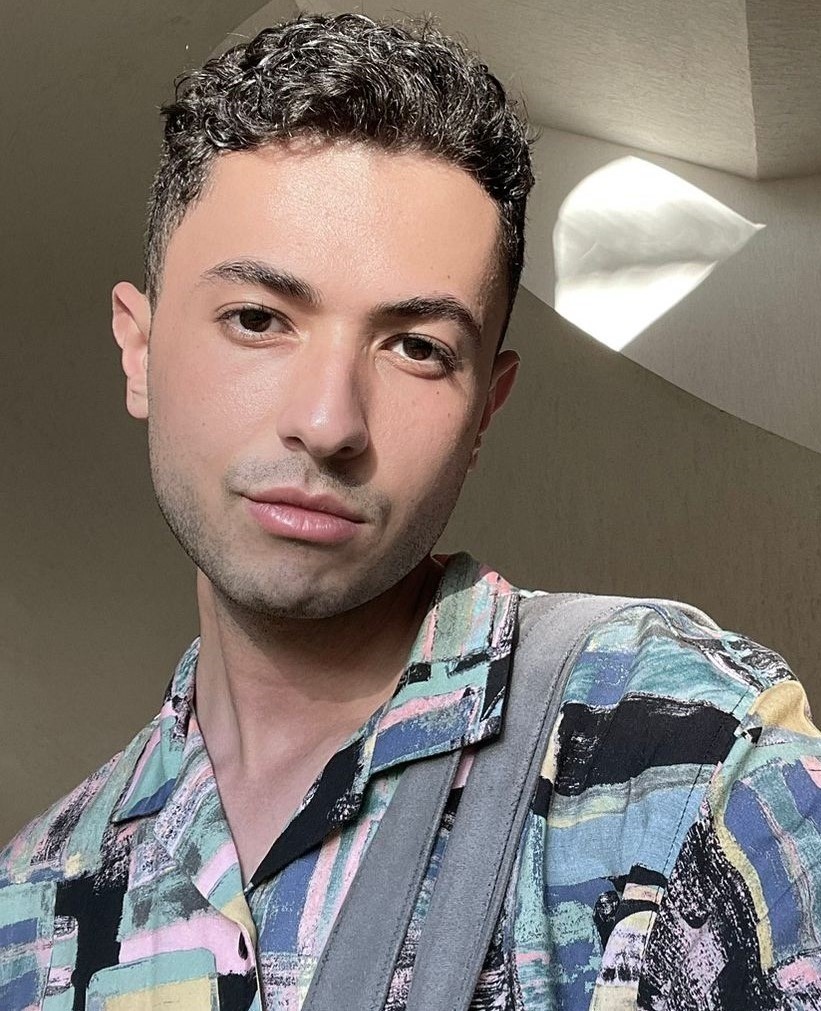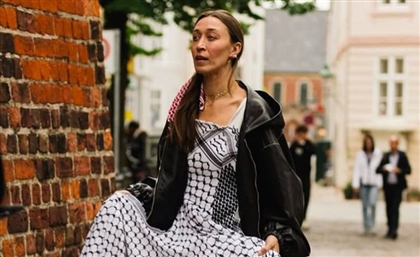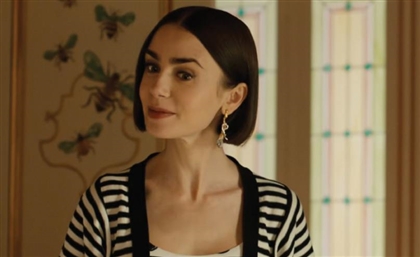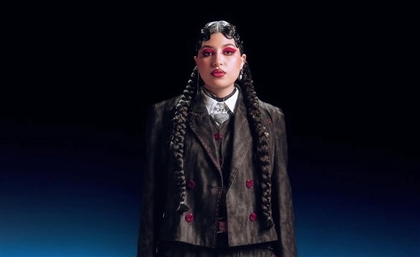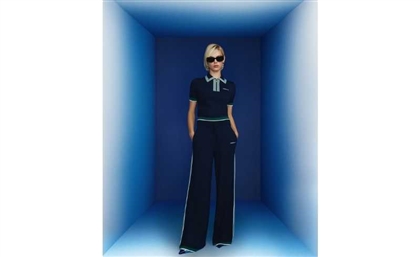Tunisian Label Anissa Aida Forms Ties to Japan Through Minimalism
Drawn to Japanese aesthetics and rich Tunisian craftsmanship, Anissa Aida merges two seemingly disparate cultures.
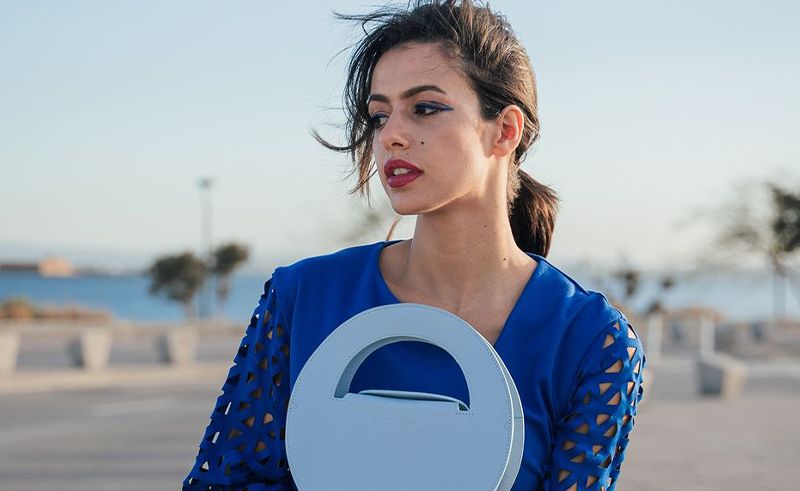
The relationship between tradition and progress is frequently portrayed as an inevitable zero-sum game - for true innovation to occur, conventional ways of thinking and doing must be discarded. However, one Tunisian fashion designer proposes another path through her label, one where heritage need not hinder creative evolution nor modernity undermine cultural roots.
Led by founder and creative director Anissa Meddeb, Anissa Aida was born of Meddeb’s nomadic upbringing between her native Tunisia and adopted hometowns of Paris, New York, London and beyond. From an early age, Anissa cultivated a passion and eye for merging disparate influences, fuelled by studying the masters of each city and delving into histories shared across continents. After losing her sister Aida, who had long dreamed of launching their own label together, she chose to honour Aida's memory through the name ‘Anissa Aida’.
 Within her airy atelier, Meddeb brings these varied lenses to each minimalist, architectural collection. Drawn to the refined aesthetics of Japanese design and rich textiles of Tunisian craft, she interprets ancestral silhouettes in clean, sophisticated forms for the modern wearer. Working closely with local artisans, Meddeb ensures optimal quality while empowering traditional techniques. The results transport the viewer across space and time through a singular aesthetic language of cultural hybridity and quiet luxury celebrating shades of blue.
Within her airy atelier, Meddeb brings these varied lenses to each minimalist, architectural collection. Drawn to the refined aesthetics of Japanese design and rich textiles of Tunisian craft, she interprets ancestral silhouettes in clean, sophisticated forms for the modern wearer. Working closely with local artisans, Meddeb ensures optimal quality while empowering traditional techniques. The results transport the viewer across space and time through a singular aesthetic language of cultural hybridity and quiet luxury celebrating shades of blue.
Beyond the runway, Anissa's vision extends to empowering community and envisioning fashion's progressive role. With sustainability infused into her processes, she proves heritage need not conflict with responsibility to environment and humanity. As Anissa Aida takes its place on international stages, this innovator remains steadfast in her mission: to spread Tunisia's beauty globally, while nurturing the roots and sustaining future growth.
SceneStyled recently had the pleasure of a virtual exchange with Anissa Aida’s founder and creative director Anissa Meddeb, in which she spoke of all things passion, fashion and future.
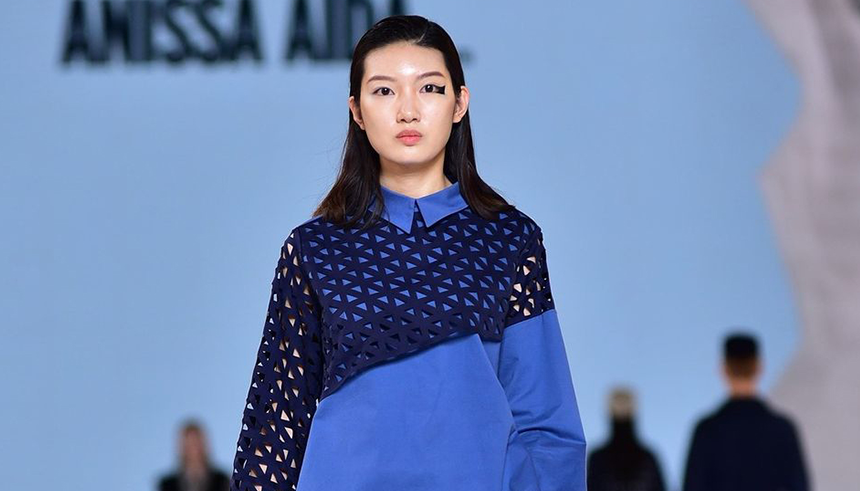 - Has fashion always been something you wanted to pursue?
- Has fashion always been something you wanted to pursue?
Ever since I was a child I knew I wanted to work in fashion. When I was eight years old, my best friend’s mom took us to the runway show of Ines de la Fressange in Paris, and I immediately understood that I wanted to become a designer myself. I started sketching and took drawing and art history classes in high school, then I chose to pursue a fashion design education at Parsons in New York.
- I understand you grew up between Tunis and Paris, with stops in New York and London, but what I’m truly curious about is your fascination with Japan and Japanese culture. Where did that originate from?
My early childhood was in Tunis, and at age seven my family moved to Paris. After an exchange program in high school that allowed me to spend my senior year with a host family in Florida, I wanted to spend more time in the US, and therefore I applied to art and fashion schools. I was accepted to many of them including Parsons, Pratt, SCAD and RISD. I decided to move to New York and pursue a Fashion Design BFA at Parsons.
I am someone who loves travelling and facing new challenges. So, when I had the opportunity to study abroad in my third year, I chose to spend a semester at Parsons Paris and another one at the incredibly creative Central Saint Martins in London. This truly shaped my perspective of fashion and storytelling through clothing. I really enjoyed the cosmopolitan environment and meeting people from very different backgrounds. Lots of my peers were Asians: Korean, Chinese and Japanese. I appreciated learning about their cultures, beliefs and vision on art, design and fashion.
I also really got into Japanese designers and their avant garde aesthetic. In 2016, I had the opportunity to travel to Tokyo and I fell in love with Japan. Right after, when I designed my first collection for my own label Anissa Aida, I chose to mix and match Japanese references with those of my own culture, Tunis. Indeed, even though those cultures appear to be very far apart, they also presented a certain likeness. For instance, traditional North African and Japanese clothing offer similarities in geometry, cuts, textures and colours.
 - How would you describe your own aesthetic?
- How would you describe your own aesthetic?
My design aesthetic is zen, minimalist, inspired by traditional shapes but reinterpreted and reworked to their essential to fit modern lifestyle. It draws from Japanese, Asian and Arab sartorial references: the Japanese Hakama, the Keikogi, the Arab sarouel pants, and the Tunisian barnous.
- How do you blend elements of two seemingly disparate cultures so seamlessly?
I like to start my collections with research, gathering images and ideas from books, newspapers, and magazines. I start collaging them and doodling on top of them. Once I have the research aspect done, I start making shapes or fabric manipulations out of it, and sometimes by doing so my whole design ideas change. I go with the flow and do what feels right.
 - Your label is a tribute to your late sister? Was it perhaps initially a shared dream between the both of you?
- Your label is a tribute to your late sister? Was it perhaps initially a shared dream between the both of you?
She was a fashion enthusiast. We used to dream of one day launching our own label together.
- Where is the brand based? Do you source locally?
My brand is based in Tunis, Tunisia. Our showroom is in Mutuelleville, a residential neighbourhood north of downtown Tunis, bordering Belvedere Park. Most of our fabrics are sourced locally and we produce locally in different ateliers near Tunis. We also work with artisans all over Tunisia.
 - You’re a slow-fashion brand, how do you ensure you remain sustainable?
- You’re a slow-fashion brand, how do you ensure you remain sustainable?
We value sustainable sourcing, ethical employment practices during the manufacturing process, and collaborations with local artisans. We develop our samples in house and then produce limited editions in ateliers near Tunis: Ksar Said, Gammarth and Hammamet. For our leather accessories, we work with a workshop in Tunis that meticulously manufactures them by hand.
Our mission is to preserve cultural heritage by re-interpreting local ancestral techniques such as shoe making and the hand weaving of silk in the Medina of Tunis, as well as wools called Haïk, artisanally produced in the Kairouan area.
- What sort of message do you seek to convey through fashion?
I would like to convey a message of peace and diversity through my clothing, the idea that different cultures can create something new, peaceful and unexpected.
My line also conveys a message of minimalism as a lifestyle, the idea that less is more and that you don’t need anything excessive to make a statement. We aim to magnify the essential and the functional, and create timeless classics.
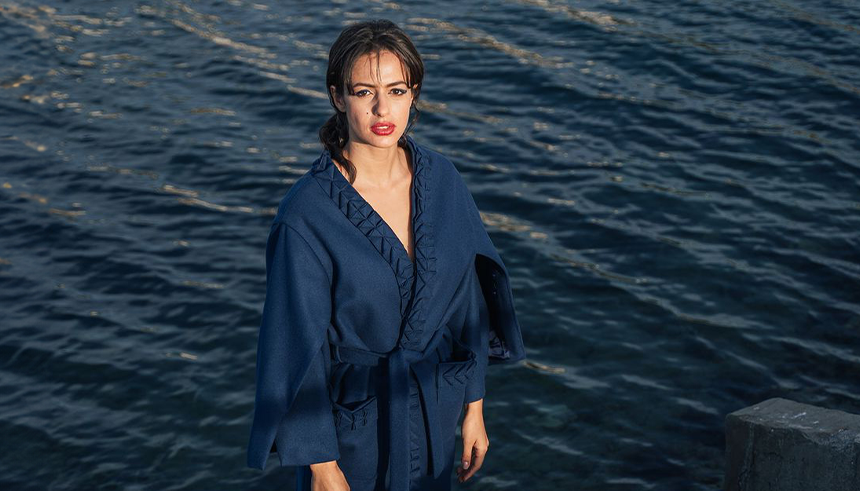 - How do you balance both your personal and professional lives?
- How do you balance both your personal and professional lives?
I am very lucky that my apartment is right upstairs of my showroom, and we have the sewing workshop with the machines to develop the samples in the basement. My home is connected to my parents’ through a sliding door, and we share the garden. It is a house from the 1930s that my mother and my husband - both architects - have renovated to fit our needs. And I have to admit it is very convenient as I don’t waste any time commuting to work. And being so close to my parents house allows us to share meals and to enjoy the best (and free) babysitters when needed!
Something else that allows me to balance my personal and professional lives so smoothly is my great team. I am so grateful to say that my coworkers are like a second family. They are hardworking and reliable and take their work very seriously, which made it possible for me to take some time off at my daughter’s birth. And since the showroom is right below I can always go down to take a peak at what is going on when my baby is asleep.
- What are your hopes for the future of Anissa Aida?
My hopes for the future of Anissa Aida is to continue doing what I love everyday: telling stories through my clothings, reinterpreting traditions to keep them alive, creating a network of artisans to work with, attending international fashion weeks and meeting talented designers, and being stocked in boutiques around the world. Perhaps one day opening stores elsewhere, like in Japan, or one day having my daughter Maya joining the journey.
 - How do you envision the future of the fashion scene within the MENA region and beyond?
- How do you envision the future of the fashion scene within the MENA region and beyond?
The future (or the present) of fashion for designers is to focus on making statement pieces that are both durable, well made with a meticulous attention to details, fabrication and finishings. With the Covid crisis, everyone has come to understand that we can no longer continue to overproduce and over consume and that Fashion as an industry has had a terrible impact on the environment. Designers must think of new ways to lower their waste, recycle the dead stock fabrics and give new life to unsold pieces.
- Any exciting projects in the works you could give me a sneak peak on?
In terms of events, we will be attending Tunis Fashion Week that will take place in the South of Tunisia, in the desert between Tozeur and Douz in April. We have also been invited to show at Moscow Fashion Week in March.
- Previous Article Mytheresa Unveils Ramadan Edit With Saudi Style Icon Nojoud Al-Rumaihi
- Next Article Monochrome Monday: The Electric Blue Edition
Trending This Month
-
Dec 08, 2025

